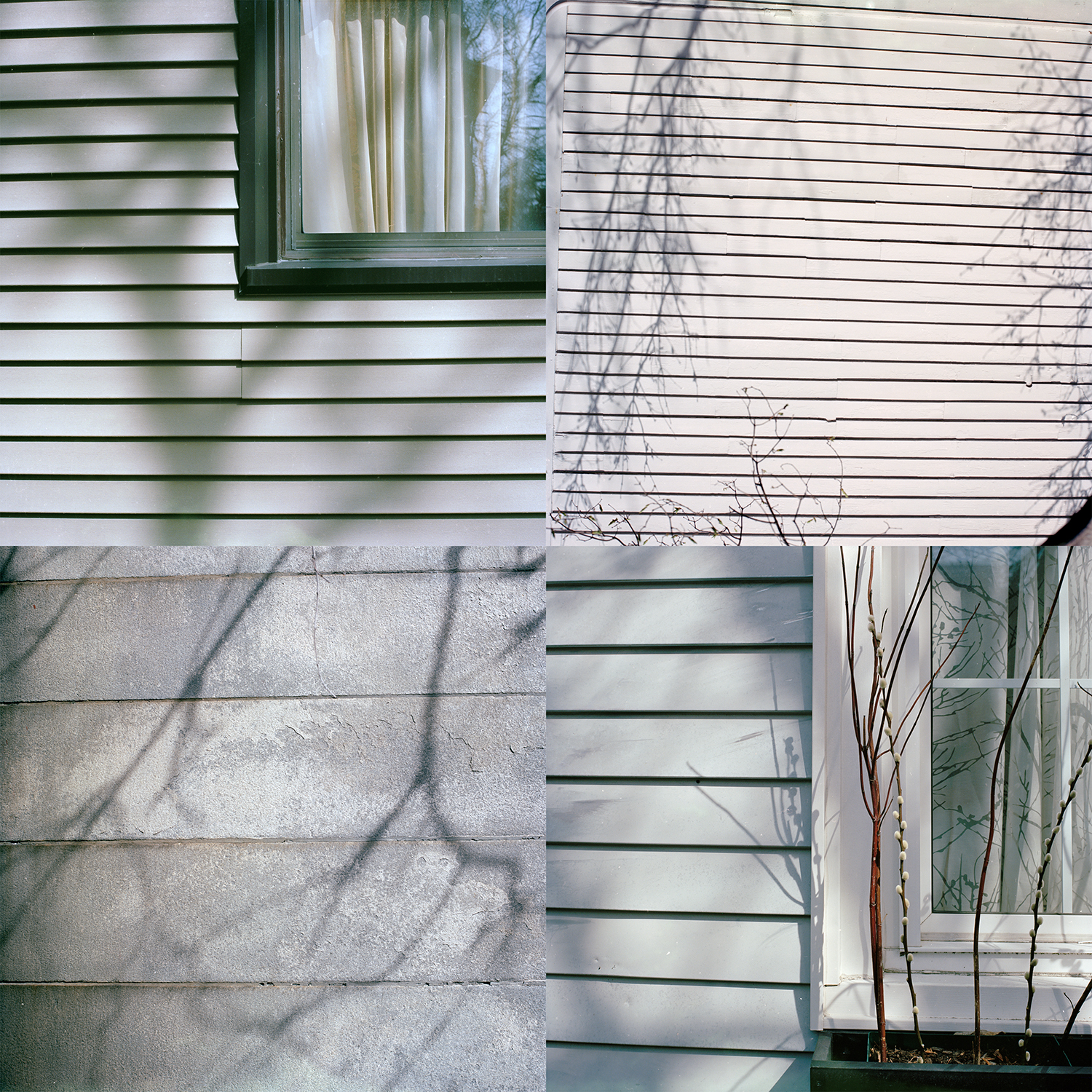A Conversation with Rose Marasco
By Jan Pieter van Voorst Van Beest
My appointment to do Rose’s portrait was at 1 PM. When I arrived at her downtown Portland 1837 Greek Revival house the sun was high in a cloudless sky and in spite of the lovely gardens around her house (She told me the vegetables did not do very well this year) the conditions for an outdoors portrait were definitely not great. Rose invited me inside to give me a tour of the marvelous place and to find a good location for taking the portrait as well. Three stories filled with her photography. Downstairs in her living room a great piece from her “Religious Imagery Series “, dating back many years in her long photographic career and to her hometown of Utica, New York. While admiring her home we finally ended up on the third floor. One of the rooms had several skylights and the light filtered in from two sides, a bit stronger on one side. Finally a perfect place for the portrait! Making her portrait was a joy. Photographing, while she was telling me about her photographic career, the book about the house she is working on and the upcoming exhibit at the Maine Museum of Photographic Arts.
Rose: “I’d say right from the very beginning, I understood that when making a photograph I was going from the 3D world to a 2D one. I pretty much think I was born that way, some people have the perfect pitch (not me). I started seriously photographing in my late teens. Before this time I drew a lot. I also did printmaking and made 8mm movies both from my drawings (one such movie had over two hundred drawings) and with objects that I animated both in college and on my own.”
Jan Pieter: A week ago I had sent Rose some interview questions that I hoped would accommodate a comprehensive look into her work and career. But our conversation during the shoot brought her career to life naturally. This was so much better than the written interview. While I kept photographing, Rose kept telling me about what she had been up to:
Rose: “I’m done printing! And Kevin the framer.. is supposed to come by on Monday. Plus I am getting Denise all her stuff in Dropbox! Phew.
I also worked on my website a little bit (not complete as the printing & other things here had priority).. I want to add some text & combine a few sections, which I did a little but more work is necessary, I take a peek at that again.”
Jan Pieter: Meanwhile the shoot went well, Rose is a very natural model, relaxed and no evidence of feeling she had to pose. But then, after all, she is a photographer!
Rose: “Though even before that, and I have these here at my home, a series of 3 black & white deckled edge photographs of 3 kittens that I made with my parent’s Brownie, when I was 6 ½ years old…. I saw the kittens out of our back window, ran to get the Brownie, ran out back and made the 3 photos. They’re pretty good for a young kid!
Jan Pieter, before I go further I should tell you that I wrote a book during the pandemic…inspired by the house I bought here in Portland at auction in 2003. The house was built by Abel Grover in 1837. I just loved that! And I knew from the beginning that I too would write about the invention of photography, 1839; and, Abel heard that news right here! Then with retirement and more time to myself I naturally drifted into talking more about photography in my book. Both tracing my own creative development and outlining a three part assignment that others can do to help them get closer to what interests them. The book is called “At Home” and we are planning to launch it at my exhibition at the UNE Art Gallery in July, 2023. This show will be curated and was named by Hilary Irons, “Camera Obscura” and Steve Halpert, a long time supporter of my work. (He put me in my first exhibit here in 1979).
I was recently interviewed by these 2 great folks Daniel Sipe & Reid McLean… they, and Karle Woods (who I have not met as yet) make up the team called “Lights Out”. One of the many things they do is conduct videotape interviews with Maine artists throughout the state. They just bought a huge building in Norway, Maine (Where Reid is from) that was a former snowshoe making company and are turning that into an arts center. Plus Daniel is running for the State Legislature… this kind of thing gives me hope! That we are not completely lost!
Your questions have made me think about my major bodies of work. I see that I am interested in the way that ordinary working class people (my background) make meaning in their lives.. for example my Religious Imagery series (Mostly made in my hometown, Utica, NY and other central NY areas). And I would put my Ritual & Community: the Maine Grange project in this same category.
Additionally I have always been keenly interested in expanding the definition of what is & can be. Thus my montage, collages and the new series Parallax that I will show at MMPA, this started very early in my career as well. The Parallax photos I see as my pandemic project… it relates to other more experimental, pushing the boundaries kind of work, i.e montages and collage photos I have made, but it is different in its way. Also in this group: Projections, NYC pinhole, Silhouette/Blueprints, Circles, Montage/Experimental.”
Jan Pieter: Then the photographing was done.
Rose: “Can I see what you have?”
I reluctantly showed her.
Rose: “Oh, these are good, you did alright!”
Jan Pieter: “Thank you Rose!”
Rose Marasco shares with us photographs from a portfolio entitled Parallax. This is the work that Marasco made, and continues to make, during the last two years of lock down and 3 years of Covid. She is looking at the graphic elements that existed in domestic architecture and gardens in the Victorian period. Marasco herself lives in a Greek revival on the Historical registry built 1837 and named after it’s first owner, Abel Grover. This home is also the impetus for her next book, At Home, with a foreword by Lucy R. Lippard. The shadow play and construction techniques are the most interesting part of her work. The way she edits and combines images to create modernist compositions sheds light on her thought process, and the kind of work she appreciates most in photography. She pays homage to the photographers who came before her: Walker Evans, Robert Frank, Vivian Maier and Lee Friedlander. I imagine her walking the west end of historic Portland looking for how the light hits certain buildings at noon when the shadows are contrasty and the forms are flattened out. This current body of work, Parallax, also references earlier photographs she made 30 years ago. It means, the effect whereby the position or direction of an object appears to differ when viewed from different positions, e.g. through the viewfinder and the lens of a camera. This approach has been done before by Marasco in her Domestic Objects series and The Maine Grange series. She is quoting herself and examining architecture like she did with domesticity, ritual, identity, and community before. Many of the new images include her own shadow, her figure or evidence that she’s there making the photograph. It reminds us of historic paintings where the portrait includes a palette, a brush, and an artist’s likeness—ownership. A poignant and inescapable self portrait in the end.
—Denise Froehlich, Director, Maine Museum of Photographic Arts
Parallax Series
Rose Marasco, Parallax 1, 2021 - 2022, Archival pigment print, 30 x 30 inches. Purchase $5,500
Often in the Spring (before the leaves appear) as I walk around my neighborhood in Portland, Maine, I am intrigued by the powerful tree shadow/shapes. A few years back, I shot one or two rolls of medium format color negative film but was not satisfied with the results. The prints stubbornly read as: a section of a house with a tree shadow in it. Which of course it is. But it wasn’t only the subject matter that intrigued me. I was after a more complex visual feeling that I was having when looking at the scene. In late February 2020 I decide to try photographing my shadow shapes again. I think maybe I’m looking up too much; and maybe the perspective is throwing it off. Therefore, I put a ladder in my car and go around the block. I shoot medium format color negative again. But this time I decide to shoot square, intuitively thinking this may read as more abstract. I drop off my roll at the camera store and have the 12 images printed 4x4 inches with a white border. When I pick the film up, I get to my car and immediately look at my prints. I like many! Later at home I lay out a sequence of nine that look well together. The photographs are still the same subject matter but, they read much more as a metaphor this time, especially in a sequence. I load another roll of film and continue my neighborhood photographing. It’s now early March– yes, just before COVID-19. I’m scheduled to go to The Tyrone Guthrie Center, an artist residency in Ireland, on March 26th. I have been looking forward to this very much. I have my tickets and all is in order. Until it isn’t. And then, there’s no way I’m getting on an airplane. Needless to say, everything is cancelled. In late February,2020 I decide to try photographing my shadow shapes again. I think maybe I’m looking up too much; and maybe the perspective is throwing it off. Therefore, I put a ladder in my car and go around the block. I shoot medium format color negative again. But this time I decide to shoot square, intuitively thinking this may read as more abstract. I drop off my roll at the camera store and have the 12 images printed 4x4 inches with a white border. When I pick the film up, I get to my car and immediately look at my prints. I like many! Later at home I lay out a sequence of nine that look well together. The photographs are still the same subject matter but, they read much more as a metaphor this time, especially in a sequence. I load another roll of film, and continue my neighborhood photographing. It’s now early March– yes, just before COVID-19. I’m scheduled to go to The Tyronie Guthrie Center, an artist residency in Ireland, on March 26th. I have been looking forward to this very much. I have my tickets and all is in order. Until it isn’t. And then, there’s no way I’m getting on an airplane. Needless to say, everything is cancelled. —RM
Windows and Walks Series
Rose Marasco, #1, From the Windows and Walks Series, 2021-2022, Inkjet print, 5 x 5 inches. Purchase $300
Reflections of moments found while walking through familiar neighborhoods of Portland, Maine. Made with an iPhone, they verge on the subconscious observation of the world as one passes through with a keen eye towards the intersection of light and dimension. Find the complete series on Rose’ Instagram page:
Collect and make your own juxtapositions of these individual 5 x 5 inch prints available for sale in the MMPA Store. All of the prints from this series are $300. Each
Publications
A limited number of signed books spanning the career of Rose Marasco are available for sale through the MMPA Store.
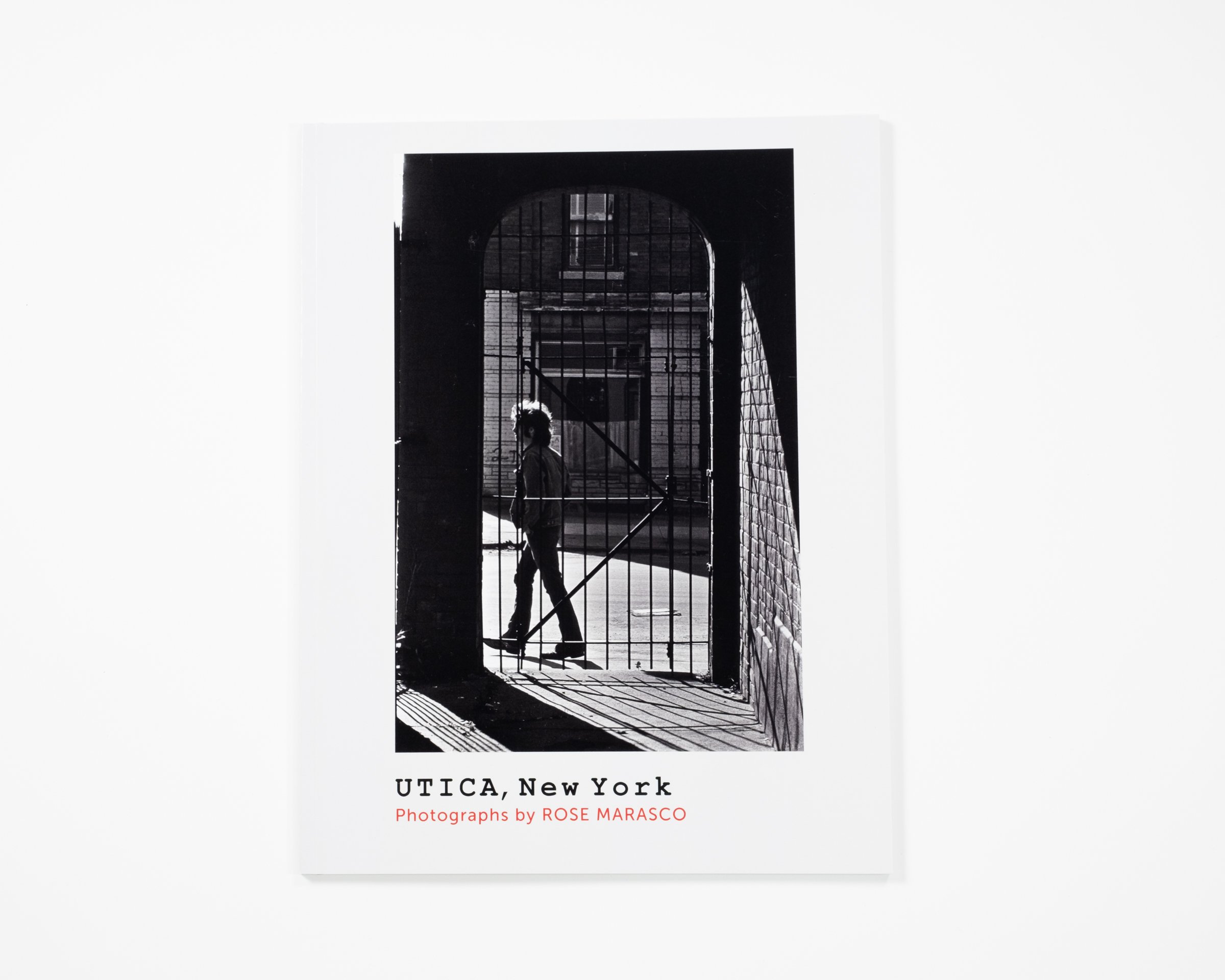
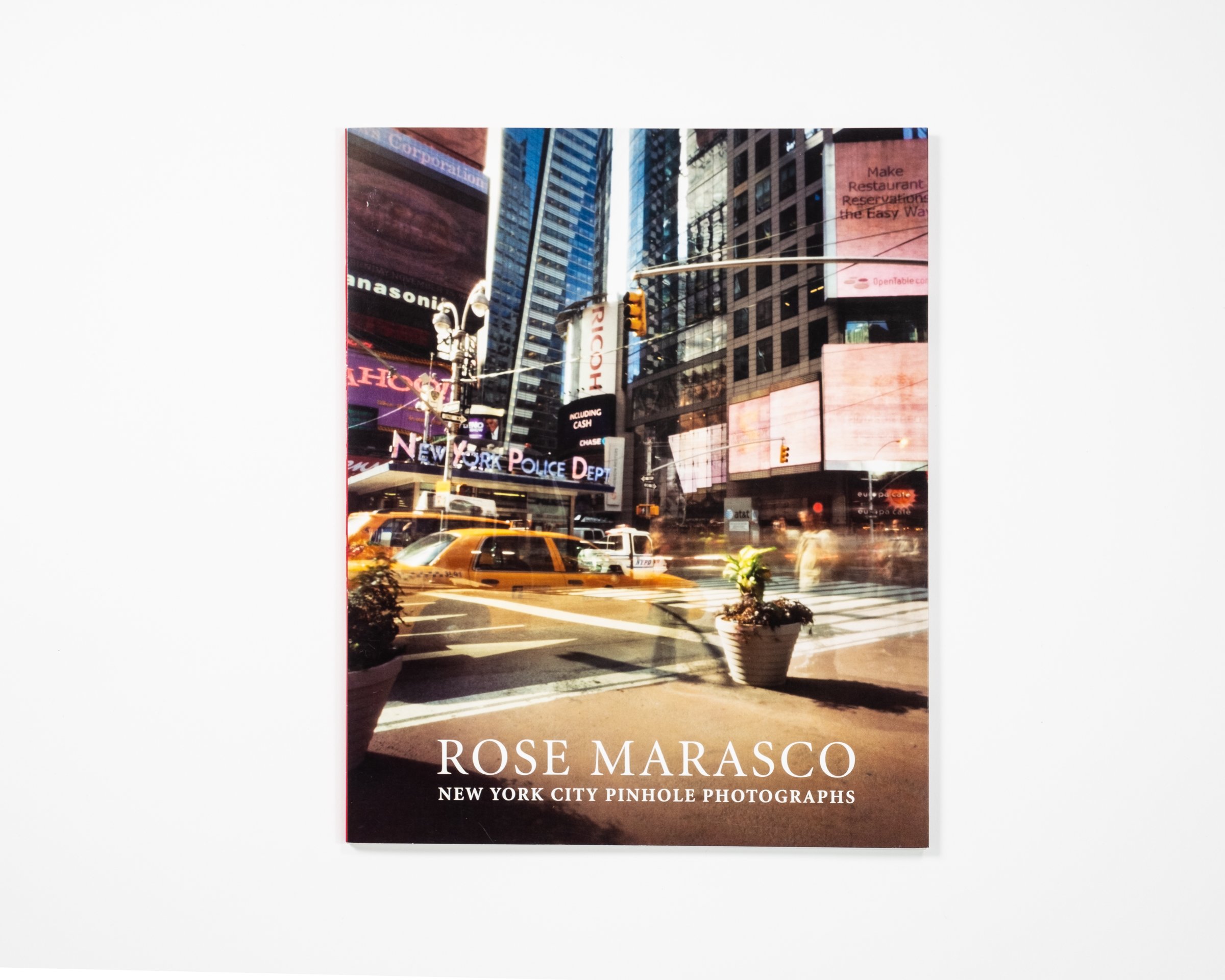
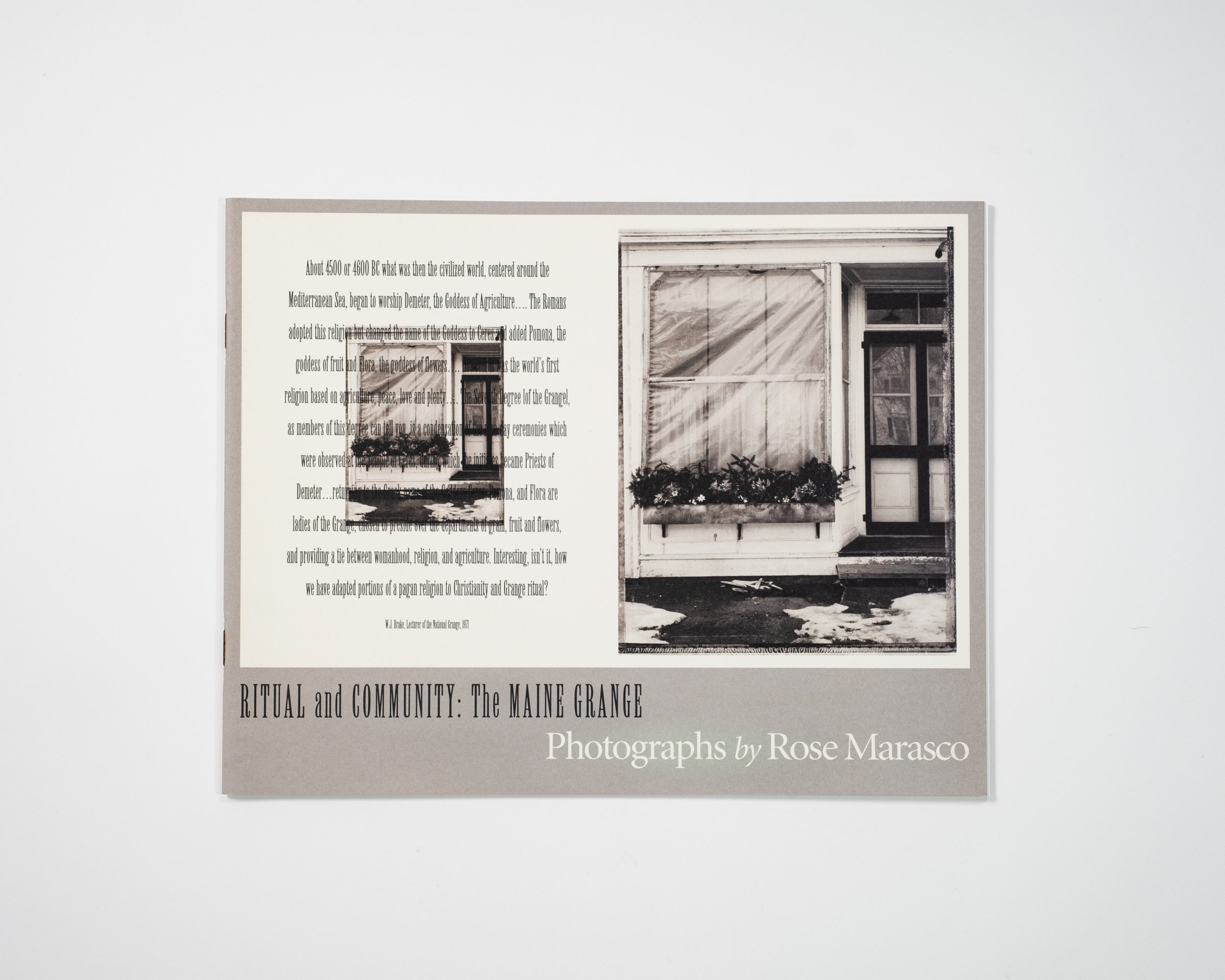
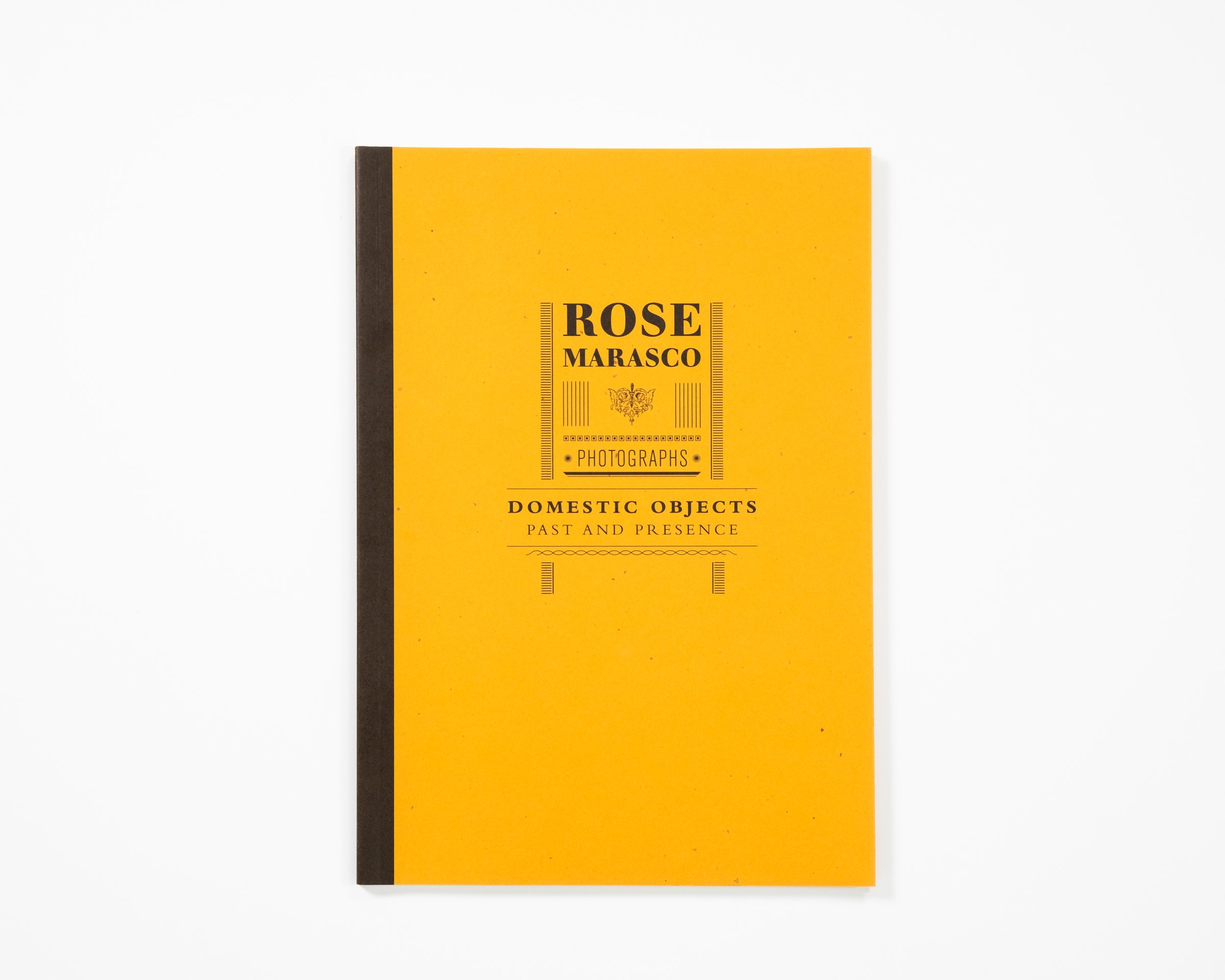

Biography
Rose Marasco is a prolific photographer and award-winning educator. She is Distinguished Professor Emerita, University of Southern Maine. Marasco developed the photography department at USM where she taught for 35 years. Prior to this, Marasco initiated the photography department at Munson Williams
Proctor Arts Institute in her hometown, Utica, NY.
Marasco had a career retrospective entitled, index at the Portland Museum of Art which was nationally featured and/or reviewed in Hyperallergic, The New York Times, The Boston Globe, American Photo Magazine, Downeast Magazine, and regional publications throughout New England.
Additional significant solo shows include at: the Houston Center for Photography, Universite de Bretagne Occidentale, Brest, France, three exhibits at the Sarah Morthland Gallery, and Meredith Ward both in NYC, and, The Farnsworth Museum of Art, among others. Marasco has mounted twenty-three (23) solo exhibitions and participated in sixty-five (65) group shows.
Her photographs are included in public collections of distinction including at: The Fogg Museum at Harvard University; Fidelity Investments Corporate Art Collection; The Davis Museum at Wellesley College; The New York Public Library Photography Collection; The Portland Museum of Art; The Bowdoin College Museum of Art; and the Museum of American History, Smithsonian Institution, among many others. She has lectured about her work at sixty five (65) venues including: Harvard University, Parsons School of Design, Peabody Essex Museum, the Center for Photography at Woodstock and numerous other colleges and museums across the country.
Marasco has a B.F.A. from Syracuse University & an M.F.A. from the Visual Studies Workshop in Rochester, New York where she studied with Nathan and Joan Lyons.










